Cogswell Reservoir Restoration Project
Project Specifications
Client: Los Angeles County Department of Public Works
Location: Los Angeles County
Services: Environmental Review & Permitting, Biological Resources, Geospatial Sciences & Data Analysis, Compliance & Construction Monitoring, Planning & Public Policy
Aspen is supporting the County with the environmental review and permitting of this sediment removal project. The County anticipates removing approximately 2.5 million cubic yards of sediment from Cogswell Reservoir, which is in the south-central portion of the Angeles National Forest along the West Fork of the San Gabriel River (WFSGR). The Cogswell Reservoir Restoration Project (CRRP) is a continuation of sediment removal activities that have been carried out since 1991 and 1995-1997. The CRRP is needed to address accumulated sediment and sediment added after the 2009 Station Fire and in anticipation of sediment that is expected to be added as a result of the 2020 Bobcat Fire. Under this task order, Aspen has completed or is working on the following reports or monitoring activities:
Update of Technical Reports. Aspen supported the County with updating 13 biological resources and cultural resources reports (original reports prepared by another consultant) to address a change in the method of removing sediment from the project site. Aspen evaluated this change in dewatering and diversion design and addressed any needed changes to the technical reports.
Hydrologic and Hydraulic Report. Aspen prepared a site-specific report on project-related effects on stream flow conditions from the Cogswell Reservoir Restoration Project. This report was in response to comments received from the California Department of Fish and Wildlife to address impacts from the project on stream habitat by changing flow depths, flow velocities and flow top widths. Aspen used the analysis to predict changes in aquatic habitat for fish and other aquatic biological resources that are known to occur along the WFSGR, downstream of Cogswell Reservoir. Aspen collected cross-section data along different stream reaches in 2019 and 2020 for this report.
Vegetation Mapping. Aspen prepared vegetation maps of the WFSGR. The purpose of this mapping was to establish a baseline condition of the types of vegetation present downstream of the Cogswell Reservoir and to document the distribution of vegetation types. The scope of the vegetation mapping area included all vegetation along the WFSGR from Cogswell Reservoir to the State Route 39 bridge, approximately 7 miles (east of the reservoir).
Addendum to the 1993 EIR. Aspen completed an Addendum to address the sediment removal project and the change in dewatering and diversion design. The County approved the sediment removal project and certified the EIR in 1993. An addendum was required to address the change in design and to address revised CEQA requirements.
Environmental Assessment. Aspen prepared a draft environmental assessment to address US Army Corps of Engineers requirements for permitting the project. This document is under review by the County and will likely be on hold until the emergency action is in process.
Permitting Support. Aspen is supporting the County with its permits to the CDFW, USFWS, and USACE. Aspen prepared responses to comments on the USACE Public Notice and is currently working with the County on the application to the CDFW.
Emergency Actions. Given the importance of the Cogswell Dam and Reservoir to County residents, on October 13, 2020, the County of Los Angeles Board of Supervisors (Board) approved the disaster recovery phase for communities impacted by the Lake and Bobcat fires. As a result of this determination, Aspen prepared a monitoring plan and is providing support on permit documents (e.g. CDFW permit, USACE permit) to support the County with this emergency removal action. Aspen has conducted pre-constructions surveys and one-month of monitoring to support the initial construction.
Construction Monitoring. Aspen prepared a monitoring plan for the sediment removal project. Aspen will also support the County with ongoing biological resources monitoring during sediment removal. This ongoing support also includes water quality monitoring to support the 1993 EIR mitigation measures and the recommendations in the 13 technical reports.


